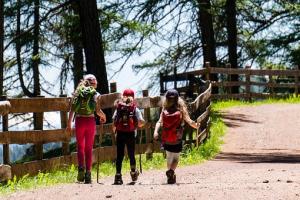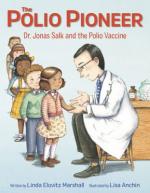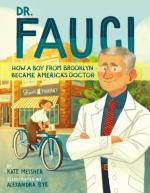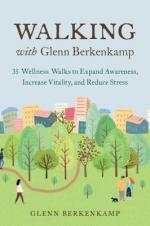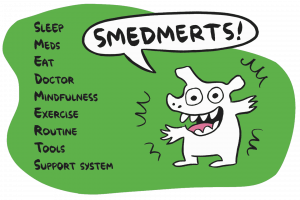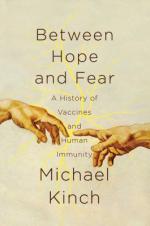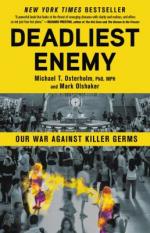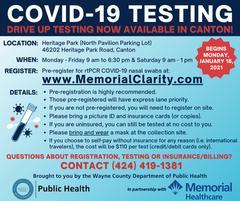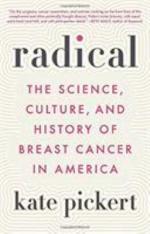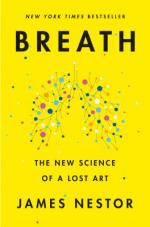
Mindfulness is based on a Buddhist concept where we focus on our own awareness, our thoughts and feelings, and sensations in the moment with acceptance. In today's busy world where distractions divide our attention in every direction, disengaging from all that can be a challenge. So how can we turn off disruptions and tune into mindfulness? Start by setting aside few minutes a day. It can greatly reduce our stress and allow us the space to reconnect with ourselves with how we feel and what we are doing. Practicing mindfulness is an easy thing to do if we learn techniques like focusing on our breathing, our inner thoughts, our feelings, and how our bodies are moving in our surroundings.
